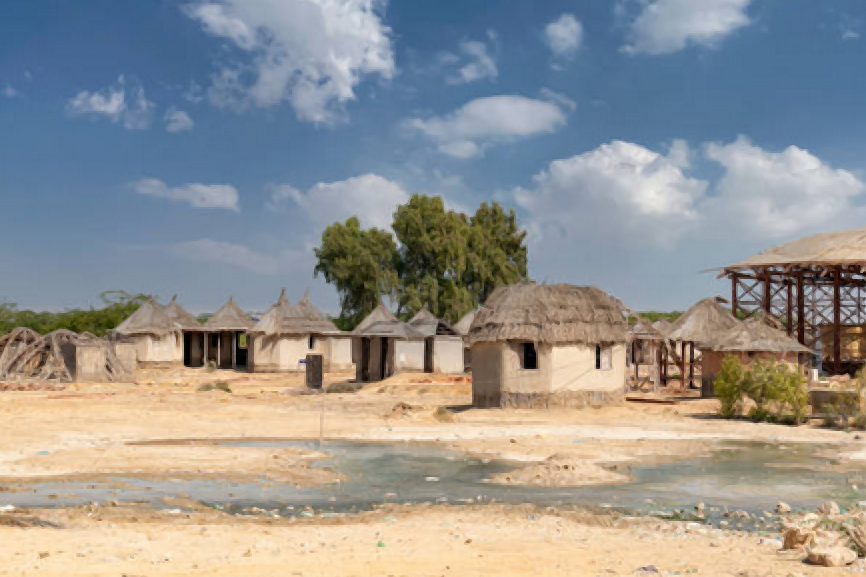- Web Desk
- 1 Hour ago

Pakistan faces severe drought amid rainfall deficit
-

- Web Desk
- Mar 25, 2025

ISLAMABAD: The Pakistan Meteorological Department (PMD) reported a huge rainfall deficit across Pakistan from September 1, 2024 to March 21, 2025, with an overall decrease of 40 per cent compared to normal levels.
The situation is particularly dire in Sindh, where rainfall has plummeted by 62 per cent, and Balochistan, which has experienced a 52 per cent reduction.
Read more: What climate vulnerability actually looks like
Meanwhile, Punjab and Khyber Pakhtunkhwa also reported substantial deficits, with rainfalls down by 38 per cent and 35 per cent, respectively.
Azad Kashmir fared slightly better, recording a 29 per cent decrease.
Despite recent rains that have provided some relief to the drought-stricken central and upper regions, the southern parts of Sindh and Balochistan continue to grapple with severe drought conditions.
The eastern plains of Punjab are also facing drought, exacerbating the already critical water shortages in key reservoirs such as Tarbela and Mangla dams.
The current climate challenges are compounded by rising temperatures, with average temperatures in southern regions reported to be 2-3 degrees Celsius in some areas has exceed 200, raising concerns that the situation in drought-affected regions may deteriorate further.
Pakistan is recognised as one of the most climate-vulnerable countries in the world, facing a myriad of environmental challenges that threaten its agricultural productive and water scarcity with a population of 240 million.
The country has a history of extreme weather events, including rhea catastrophic floods in 2011 and 2022 that displaced millions and caused billions of dollars in damages to infrastructure and livelihoods.
The 2011 floods were triggered by heavy monsoon rains, and resulted in over 1,600 deaths. It affected approximately 20 people across the country.
Read more: Pakistan’s first PKR-denominated Green Bond launched to accelerate climate finance
Similarly, the 2022 floods engulfed a third of the country, with billions in infrastructure damages alone. Unlike 2011, as climate crisis world over rises, there was severe lack of funding for 2022 floods.





